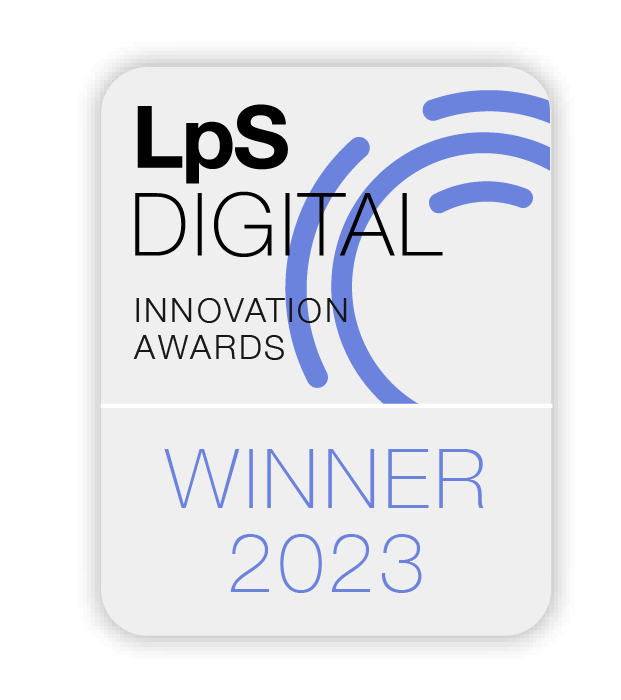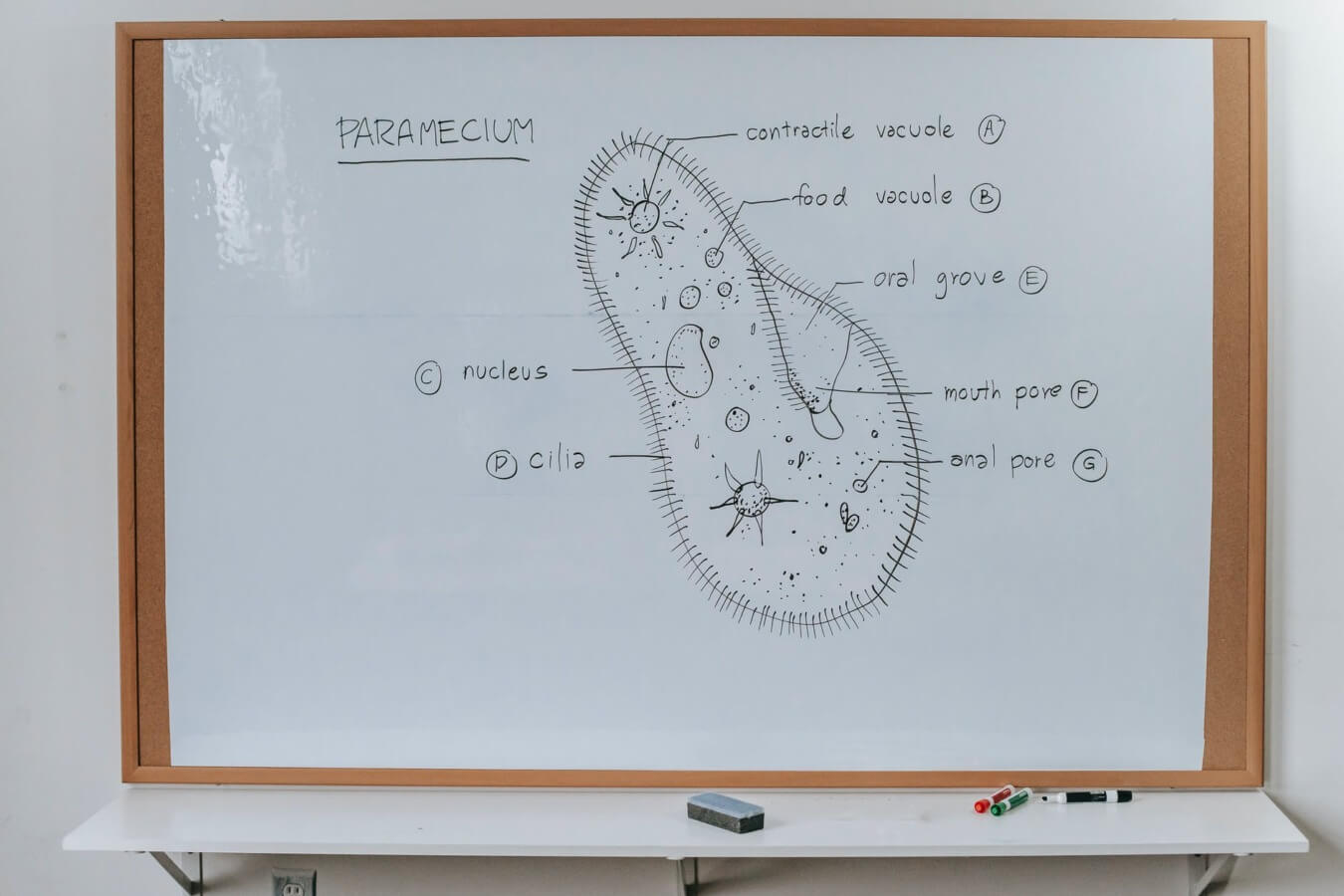
Award to our Anne Berends for best Scientific Publication at LpS Digital
Life Science / Sunled
Sunled / January 21, 2022

One of the immune parameters that was studied in the 2020/2021 clinical trials using SunLED technology is tumor necrosis factor α or TNF-α. Participants showed an average decrease in concentration of this parameter which is interpreted as a positive effect of the near-infrared (NIR) light they were exposed to.
TNF-α is a member of the cytokine family. Cytokines are small proteins that play a regulatory role in the human immune system. In contrast to TGF-β (the other immune parameter investigated this clinical trial), TNF-α is a proinflammatory and immunostimulatory cytokine and one of its first known roles is killing tumor cells, hence its name.1,2 However, its main role is in early inflammatory responses and response of the body to pathogens.3 TNF-α is one of the first-responders when such an event occurs, inducing migration and activation of white blood cells and it is thus an important part of the body’s defense mechanism.3 However, too high concentrations or activity of TNF-α can lead to chronic inflammatory and/or autoimmune diseases like arthritis and colitis1 or metabolic diseases such as diabetes and (non-alcoholic) liver diseases.2
Obesity is a major problem in most industrialized regions. The condition is a result of an unbalanced calory intake compared to energy usage in the body and is usually accompanied with insulin resistance and diabetes.4 Although the mechanistic link between insulin resistance and obesity is not yet fully understood, TNF-α is accepted to be a key factor herein.2,4 Fat cells in an obese body produce 2x as much TNF-α as fat tissue in lean bodies, which results in increased TNF-α concentrations both locally and systemic.4 In addition, insulin resistance and high glucose concentrations have been associated with increased TNF-α production, while the glucose concentration decreases when TNF-α neutralizing molecules are administered.3,4 Moreover, blocking TNF-α activity may prevent some versions of diabetes to develop.2
For some autoimmune diseases it was shown that anti- TNF-α medicine has a positive effect. For example for rheumatoid arthritis, a progressive chronic inflammatory joint disease that ~1% of the world population suffers from.5,6 The chronic inflammation of the joints is induced mainly by TNF-α or other cytokines that are produced because of the high concentration of TNF-α.5,6 Patients suffering from this disease usually have high concentrations of TNF-α in the fluid that sits inside the joints and current clinical treatment methods thus rely on neutralization of TNF-α in the patient’s body.5–7
Another autoimmune disease is psoriasis, which is an inflammatory skin disease. The triggers of the development of the disease are not completely understood, but it is clear that pro-inflammatory cytokines like TNF-α trigger a chronic activation of the immune system that cause long-term damage.8,9 Next to phototherapy (UV-B), anti- TNF-α medicine are used to treat this disease.8,9 Also inflammatory bowel diseases (e.g. Crohn’s disease) that find their origin in an autoimmune response can be treated with anti- TNF-α medicine.10,11 Other illnesses that are suggested to be treatable are vitiligo12 and even COVID-19.13,14
Several studies have shown decreased TNF-α concentration in animal models after a photobiomodulation treatment, compared to non-treated ones. For example, it was shown that mice with brain stroke treated with a pulsed 810 nm laser on the head had a significantly lower TNF-α concentration in their brain than non-treated mouse with the same injury. 15 Immunosuppressed rats showed accelerated wound healing and a reduced TNF-α concentration in this tissue when treated with a pulsed 810 nm laser compared to non-treated rats with the same wound and immunosuppression. 16 Rats with a spinal cord injury that were treated with a 810 nm laser showed a lower TNF-α concentration compared to non-treated rats with the same injury. 17
In recently conducted clinical trials, it was observed that users of the SunLED technology had significantly lower concentrations of TNF-α in their blood (results to be published in a scientific journal in 2022). This is interpreted as a positive result, as too high concentrations of TNF-α can result in (autoimmune) disease or chronic inflammation. Especially in industrialized countries, where most people spend their lives indoors, deprived from natural near-infrared light, and where illnesses like obesity and diabetes are large societal problems, SunLED technology can make a difference in the health and well-being of people. We made integration of SunLED technology in everyday devices easy, paving the way for a healthier indoor environment.